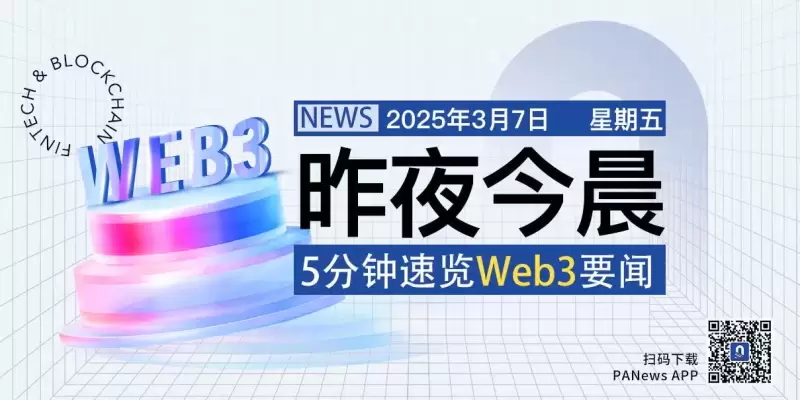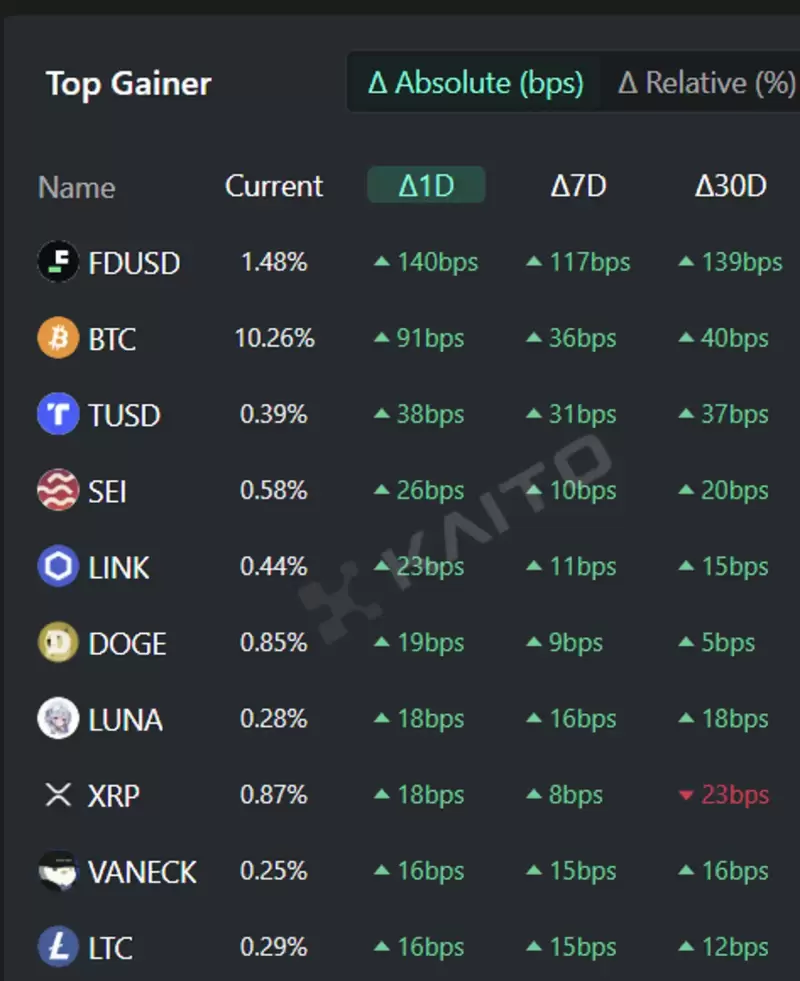 |
|
 |
|
 |
|
 |
|
 |
|
 |
|
 |
|
 |
|
 |
|
 |
|
 |
|
 |
|
 |
|
 |
|
 |
|

output: Artificial intelligence (AI) has experienced a surge in popularity within the cryptocurrency industry, particularly on the Solana blockchain, where the integration of AI and memecoins has led to a market capitalization of $13.4 billion, comparable to some mature Layer 1 protocols such as Avalanche (AVAX) or Sui (SUI).
Over the past few months, we've witnessed the merging of two powerful technologies: AI and blockchain. From decentralized model training on the early Bittensor subnet to decentralized GPU/computing resource markets like Akash and io.net and the current wave of AI x memecoins and frameworks on Solana, each stage demonstrates how cryptocurrency can complement AI to a certain extent through resource aggregation, thereby achieving sovereign AI and consumer use cases.
In the first wave of Solana AI coins, some have brought meaningful utility beyond pure speculation. We’ve seen the emergence of frameworks like ai16z’s ELIZA, AI agents like aixbt that provide market analysis and content creation, or toolkits that integrate AI with blockchain capabilities.
In the second wave of AI, as more tools mature, applications have become the key value driver, and DeFi has become the perfect testing ground for these innovations. To simplify the expression, in this study, we refer to the combination of AI and DeFi as "DeFai".
According to Coingecko, DeFai has a market cap of about $1 billion. Griffian dominates the market with a 45% share, while $ANON accounts for 22%. This track began to experience rapid growth after December 25, and frameworks and platforms such as Virtual and ai16z experienced strong growth after the Christmas holiday.
This is just the first step, and the potential of DeFai goes far beyond this. Although DeFai is still in the proof-of-concept stage, we cannot underestimate its potential. It will use the intelligence and efficiency that AI can provide to transform the DeFi industry into a more user-friendly, intelligent and efficient financial ecosystem.
Before we dive into the world of DeFai, we need to understand how agents actually work in DeFi/blockchain.
Artificial Intelligence Agent (AI Agent) refers to a program that can perform tasks on behalf of users according to workflow. The core behind AI Agent is LLM (Large Language Model), which can respond based on its training or learned knowledge, but this response is often limited.
Agents are fundamentally different from robots. Robots are usually task-specific, require human supervision, and need to operate under predefined rules and conditions. In contrast, agents are more dynamic and adaptive, and can learn autonomously to achieve specific goals.
To create more personalized experiences and more comprehensive responses, agents can store past interactions in memory, allowing the agent to learn from the user’s behavioral patterns and adjust its responses, generating tailored recommendations and strategies based on historical context.
In blockchain, agents can interact with smart contracts and accounts to handle complex tasks without constant human intervention. For example, in simplifying the DeFi user experience, including one-click execution of multi-step bridging and farming, optimizing farming strategies for higher returns, executing transactions (buy/sell) and conducting market analysis, all of these steps are completed autonomously.
According to @3sigma’s research, most models follow 6 specific workflows:
1. Data Collection
First, models need to understand the environment in which they work. Therefore, they need multiple data streams to keep the model in sync with market conditions. This includes: 1) On-chain data from indexers and oracles 2) Off-chain data from price platforms, such as data APIs from CMC/Coingecko/other data providers.
2. Model Reasoning
Once models have learned the environment, they need to apply this knowledge to make predictions or actions based on new, unrecognized input from the user. Models used by agents include:
3. Decision Making
With trained models and data, the agent can take action using its decision-making capabilities. This includes interpreting the current situation and responding appropriately.
At this stage, the optimization engine plays an important role in finding the best results. For example, before executing a profit strategy, the agent needs to balance multiple factors such as slippage, spread, transaction costs, and potential profits.
Since a single agent may not be able to optimize decisions in different domains, a multi-agent system can be deployed to coordinate.
4. Hosting and operation
Due to the computationally intensive nature of the task, AI agents often host their models off-chain. Some agents rely on centralized cloud services such as AWS, while those that prefer decentralization use distributed computing networks such as Akash or ionet and Arweave for data storage.
Although the AI Agent model runs off-chain, the agent needs to interact with the on-chain protocol to execute smart contract functions and manage assets. This interaction requires a secure key management solution, such as an MPC wallet or a smart contract wallet, to process transactions securely. Agents can operate through
Disclaimer:info@kdj.com
The information provided is not trading advice. kdj.com does not assume any responsibility for any investments made based on the information provided in this article. Cryptocurrencies are highly volatile and it is highly recommended that you invest with caution after thorough research!
If you believe that the content used on this website infringes your copyright, please contact us immediately (info@kdj.com) and we will delete it promptly.
-

- Ripple (XRP) Introduces Its RLUSD Stablecoin to the Stablecoin Market
- Apr 03, 2025 at 04:00 pm
- Ripple introduced its RLUSD stablecoin to the stablecoin market through its launch on Kraken cryptocurrency exchange. The USD-pegged stablecoin aims to boost its cross-border payment functions and integrate with the payment platform.
-

-

- Bitcoin (BTC) Price Consolidation May Be Precursor to a Market Drop, Analyst Says
- Apr 03, 2025 at 03:55 pm
- Bitcoin has seen a notable price consolidation over the past few weeks, trading between the $84,000 and $86,000 levels. Despite the initial surge in price, the cryptocurrency has faced a decline of 3.7% in the past week and nearly 10% in the past month, signaling a period of stagnation in its upward momentum.
-

- The OFFICIAL TRUMP price plummeted over 9% in the last 24 hours to trade at $9.29
- Apr 03, 2025 at 03:55 pm
- The drop in the TRUMP price comes after US President Donald Trump signed an executive order establishing reciprocal tariffs on trading partners and a 10% baseline tariff on all imports from all countries.
-

-

-

- FDUSD, BTC, TUSD, SEI, and LINK are the top 5 virtual asset-related keywords attracting the most interest
- Apr 03, 2025 at 03:45 pm
- According to the Token Mindshare (a metric quantifying the influence of specific tokens in the virtual asset market) top gainers from the AI-based Web3 search platform Kaito
-

-





























































